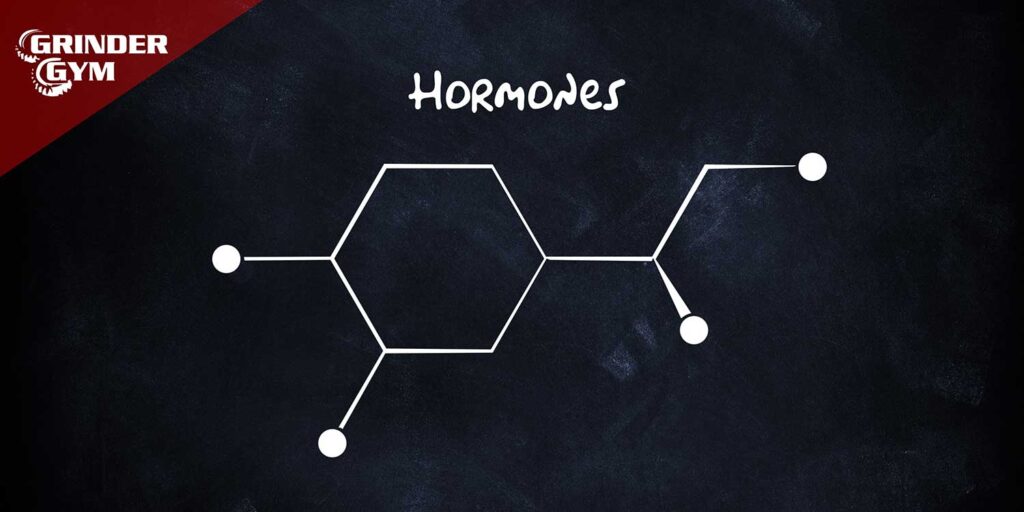
A peptide with vasodilatory and anti-inflammatory properties, Angiotensin (1-7) counteracts the effects of Angiotensin II, helping to reduce blood pressure and protect against cardiovascular diseases.
Common Name:
Angiotensin (1-7)
Compound Name:
Angiotensin (1-7)
Chemical Formula:
C41H62N12O11
Molecular Weight:
899.0 g/mol
Sequence and Amino Acid Composition:
- Sequence: Asp-Arg-Val-Tyr-Ile-His-Pro
- Amino Acid Profile:
- Aspartic Acid (D):
- Frequency: 1
- Properties: Acidic, polar
- Role in the Peptide: Contributes to the peptide’s interaction with its receptor, Mas.
- Arginine (R):
- Frequency: 1
- Properties: Positively charged, hydrophilic
- Role in the Peptide: Essential for binding to the Mas receptor and activating its function.
- Valine (V), Tyrosine (Y), Isoleucine (I), Histidine (H), Proline (P):
- Roles in the Peptide: Each amino acid contributes to the structural stability and receptor specificity, impacting the peptide’s physiological effects.
- Aspartic Acid (D):
Structure:
Angiotensin (1-7) is a heptapeptide derived from the precursor protein angiotensinogen. It differs significantly in function from the other peptides produced by the angiotensin-converting enzyme (ACE), primarily angiotensin II.
Synthesis Method:
Typically produced through solid-phase peptide synthesis, which allows for precise control over the sequence and high purity, critical for biological studies and therapeutic applications.
Solubility:
Soluble in water and aqueous buffers, facilitating its use in experimental and clinical settings.
Stability:
Stable under refrigerated conditions when stored properly in lyophilized form. Sensitivity to degradation by peptidases in biological systems necessitates careful handling and use of enzyme inhibitors when necessary.
Function:
Angiotensin (1-7) is a biologically active component of the renin-angiotensin system (RAS), known primarily for its vasodilatory, anti-fibrotic, and anti-inflammatory effects. It counters many of the actions of angiotensin II by activating the Mas receptor, leading to vasodilation and reduced blood pressure.
Benefits and Uses:
- Investigated for its therapeutic potential in treating hypertension, heart failure, and kidney diseases due to its ability to modulate the effects of the classical renin-angiotensin system.
- Potential roles in reducing inflammation and oxidative stress in cardiovascular diseases.
- Explored for its effects in metabolic syndrome and diabetes, improving insulin sensitivity and reducing fibrosis.
Side Effects:
Generally well-tolerated in clinical and experimental use; however, the biological effects can vary significantly based on the method of administration and the physiological context.
Regulatory Status:
Not currently approved as a standalone therapy but is widely studied in clinical research settings for its potential therapeutic benefits.
ARTICLES



